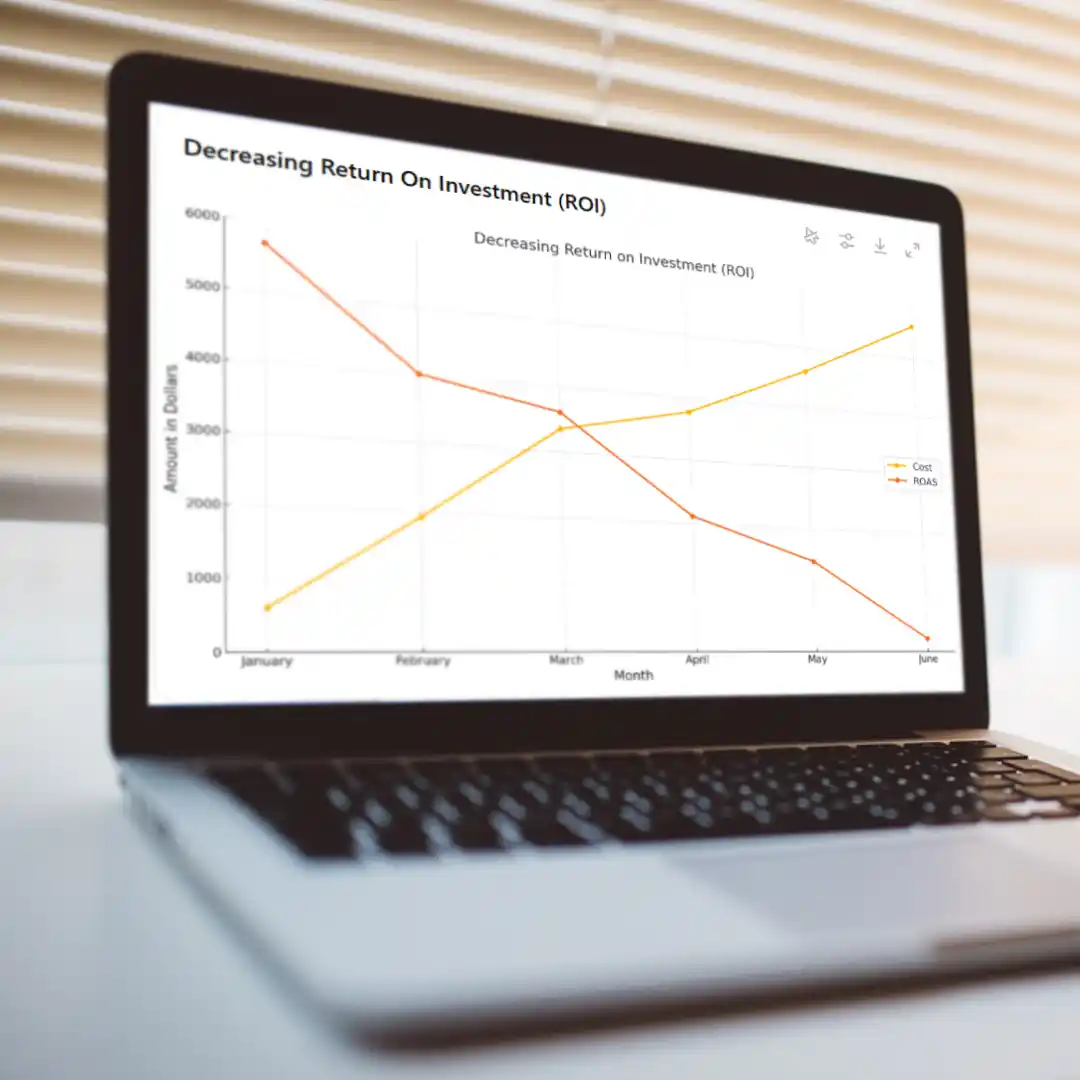Google Analytics 4 (GA4) has emerged as a powerful analytics platform, replacing its predecessor, Universal Analytics (UA). As a new user of GA4, it’s essential to understand the key differences and take specific actions to harness the full potential of this upgraded platform. In this blog post, we will explore the crucial aspects you need to know and the actions you should take to make the most of GA4 data.
By mastering the items on this list, you’ll get the best possible results from the world’s most ubiquitous and powerful online marketing analytics tool.
6 Things You Should Do in GA4
Familiarize Yourself with the New Data Model
GA4 introduces a revised data model, centered around events rather than pageviews. Events encompass a broader range of user interactions, enabling a more comprehensive understanding of user behavior. It’s crucial to familiarize yourself with event parameters, such as event name, event value, and event parameters, as they provide deeper insights into user actions.
In particular, those with experience in UA should take a close look at how GA4 models data – in many cases where UA used actual visitor data, GA4 uses modeling, and the result is a collection of predictive insights that are useful but not quite the same as UA’s info.
Define and Track Key Events
By understanding the actions (events) such as clicks, downloads, form submissions, or purchases, providing valuable data for optimization. For example, if you operate an e-commerce website, you can track events like “Add to Cart,” “Wishlist,” or “Payment Completed.” Custom events provide granular insights into user behavior, enabling you to optimize your conversion funnel effectively.
Keep in mind that events (tracked actions on your website) and conversions (a type of event, typically something like a purchase, download, or consultation request) are different – conversions in GA4 more or less replaced “goals” in UA.
Take Advantage of Enhanced Measurement
GA4 offers enhanced measurement, which automatically tracks certain user interactions (like pageviews, scrolls, site search, video engagement, and file downloads) without requiring additional code implementation. However, it’s important to review and adjust these settings based on your specific requirements to ensure accurate data collection.
If Applicable, Leverage Machine Learning and Insights
GA4 leverages advanced machine learning capabilities to provide valuable insights into user behavior and trends. Take advantage of the Analysis Hub, where you can access pre-built reports, uncover valuable patterns, and gain insights into user segments. Explore the predictive capabilities of GA4 to identify potential opportunities and make data-driven decisions.
Understand User Engagement with User Properties
User properties in GA4 allow you to understand user engagement based on specific attributes like language and geographic location. By utilizing user properties, such as user type, subscription status, or user preferences, you can segment your audience and analyze their behavior more effectively. This information empowers you to tailor your marketing strategies and improve user experiences based on individual preferences.
Implement Data Streams for Multiple Platforms
With GA4, you can consolidate multiple data streams, like those from your website and app, into a single view. Implement separate data streams for each platform to ensure accurate tracking and analysis across your digital ecosystem. By unifying your data, you gain a holistic understanding of user behavior and can make informed decisions across all touchpoints.
Okay, that’s a lot! But you’ll actually be doing less work setting up and maintaining campaigns this way. Here are a few features Google introduced in GA4 to boost efficiency and make marketers’ jobs easier:
Simplified Property Setup
In GA4, the property setup process has been simplified. Instead of creating multiple properties for different platforms, GA4 uses a single property that can track data from multiple sources, such as websites, mobile apps, and other digital platforms. This streamlined approach allows for better data consolidation and analysis across your entire digital ecosystem.
Customizable Dashboards
GA4 allows you to create customizable dashboards tailored to your specific reporting needs. The new dashboard editor enables you to choose from a wide range of widgets and data visualizations, and arrange them according to your preferences. Take advantage of this flexibility to build dashboards that showcase the most relevant metrics and KPIs for your business. Customized dashboards provide a quick overview of key performance indicators and help you monitor the metrics that matter most to your goals.
Advanced Analysis with Exploration
The Exploration feature in GA4 empowers you to conduct advanced ad-hoc analysis of your data. With Exploration, you can create custom segments, apply multiple filters, and compare different dimensions and metrics to uncover deeper insights. This powerful tool allows you to dive into specific user behaviors and patterns, helping you understand the factors that drive engagement and conversions.
Streamlined Tagging with Google Tag Manager
Google Tag Manager (GTM) plays a crucial role in implementing and managing tags for GA4. GTM simplifies the process of adding tracking codes to your website or app, making it easier to collect data and set up events. Familiarize yourself with GTM’s interface and capabilities to ensure smooth implementation and efficient tracking in GA4. With GTM, you can create triggers and variables to control when and how tags fire, providing greater flexibility and control over your data collection.
Conclusion
Getting used to Google Analytics 4 after so much time in Universal Analytics may seem daunting, but by understanding the new data model and implementing the suggested actions, you can harness the full potential of GA4. Remember to define and track key events, leverage enhanced measurement, customize events, and utilize machine learning insights. By taking these steps, you’ll be well on your way to extracting actionable insights, optimizing user experiences, and driving growth based on data-driven decisions. Embrace the power of GA4, and unlock a world of possibilities for your business.





